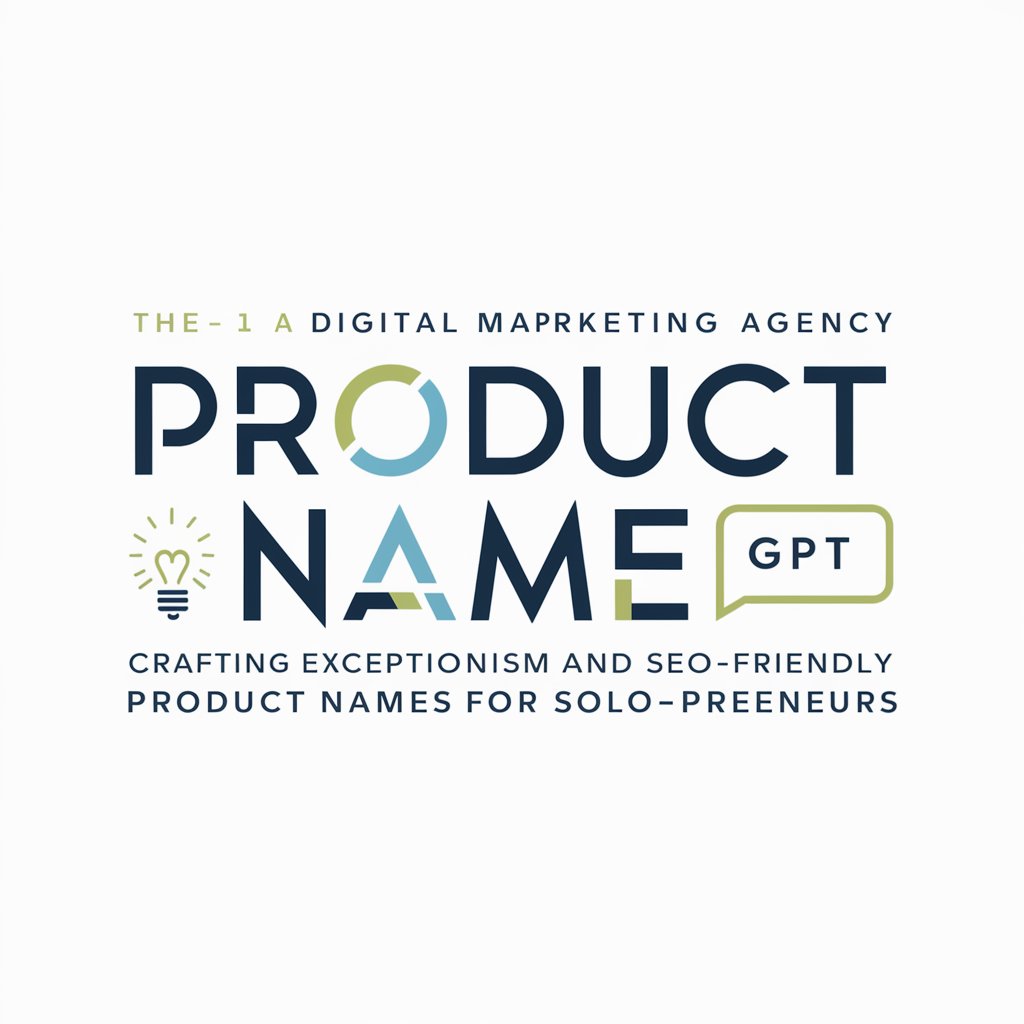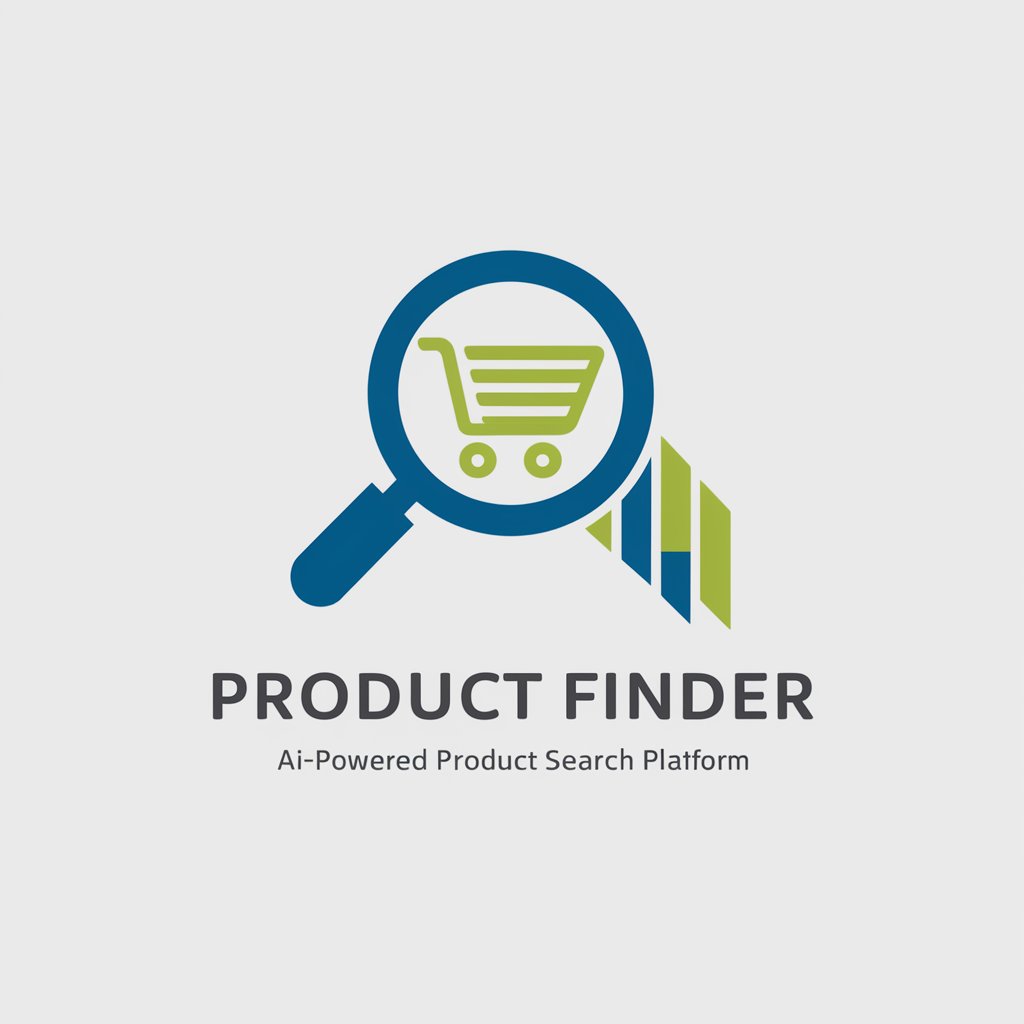
Product Name Matching Recognition - AI-Powered Product Matching
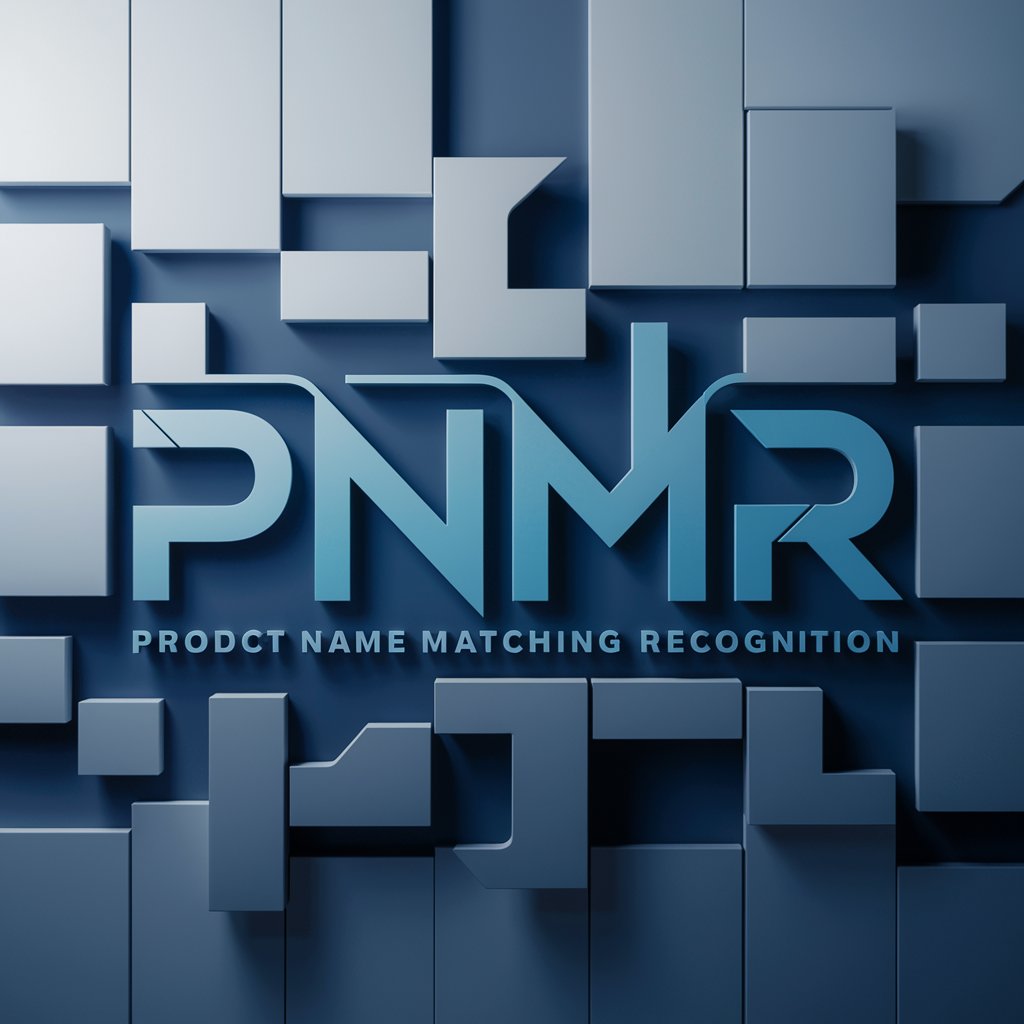
Welcome to Product Name Matching Recognition AI, where precision meets advanced technology.
Streamline categorization with AI precision.
Create a visual representation of a cutting-edge AI tool that specializes in product name matching...
Design an emblem that embodies the precision and technical expertise of a product categorization AI...
Generate a logo for an AI system focused on advanced product name recognition and categorization...
Craft a logo that highlights the efficiency and accuracy of a product name matching recognition tool...
Get Embed Code
Introduction to Product Name Matching Recognition
Product Name Matching Recognition is a specialized technology designed to accurately identify, categorize, and match product names to predefined categories or similar product entities within a database. This technology leverages advanced algorithms, including natural language processing (NLP) and machine learning, to analyze and understand the context and characteristics of product names. It is particularly adept at handling variations in naming conventions, synonyms, and even misspellings, ensuring a high level of precision in matching products to the correct categories or similar products. An example scenario includes an e-commerce platform utilizing Product Name Matching Recognition to automatically categorize thousands of newly listed products into the correct categories, thus enhancing the user's shopping experience by ensuring products are easy to find and correctly classified. Powered by ChatGPT-4o。

Main Functions of Product Name Matching Recognition
Automatic Product Categorization
Example
Automatically assigning a newly listed product, such as 'Apple iPhone 13 128GB Midnight', to an existing category like 'Electronics > Mobile Phones'.
Scenario
E-commerce platforms use this function to streamline the process of listing new products by reducing manual categorization efforts, improving the accuracy of product searches, and facilitating better inventory management.
Similarity Detection and Matching
Example
Identifying that 'Samsung Galaxy S21' and 'Galaxy S21 Smartphone by Samsung' refer to the same product despite the variation in naming.
Scenario
Marketplace platforms apply this function to prevent duplicate listings, ensuring a cleaner, more organized catalog and a better shopping experience for users.
Misspelling and Synonym Recognition
Example
Correctly matching 'Nikie men's running shoes' to the 'Nike Men's Running Shoes' category despite the misspelling of 'Nike'.
Scenario
Online retail search engines use this function to improve search result accuracy, allowing users to find what they are looking for even if they make a typo or use a different term for the product.
Ideal Users of Product Name Matching Recognition Services
E-commerce Platforms
E-commerce platforms can significantly benefit from Product Name Matching Recognition by automating product categorization, enhancing search functionality, and managing inventory more efficiently. This leads to a better user experience, streamlined operations, and potentially higher sales volumes.
Marketplace Platforms
Marketplaces that feature products from multiple vendors often face challenges with duplicate listings and inconsistent product categorization. Product Name Matching Recognition helps maintain a clean and organized catalog, which is crucial for user satisfaction and operational efficiency.
Data Analysts and Catalog Managers
Individuals responsible for managing large product catalogs, including data analysts and catalog managers, will find Product Name Matching Recognition invaluable. It aids in ensuring data consistency, accuracy, and ease of management across extensive product databases.

Guidelines for Using Product Name Matching Recognition
Begin Your Trial
Navigate to yeschat.ai to start your free trial immediately, without the need for signing in or subscribing to ChatGPT Plus.
Upload Product List
Prepare and upload your product list in an accepted format (e.g., CSV, Excel) to the platform, ensuring each product name is clearly listed.
Select Categories
Choose or define the categories you wish to match your products with. This could range from broad industries to specific niches.
Review Matches
Analyze the match results provided by the tool, paying attention to 'match_level', 'match_details', and 'candidate_name' for each product.
Refine and Export
Use the feedback loop to refine matches as needed. Once satisfied, export the categorized list for your use.
Try other advanced and practical GPTs
Product Scout
Unlock Insights with AI

Product Review Analyst
Unlock In-depth Review Insights with AI

Prompt Professor
Crafting Precision in Copywriting

Prompt Assistant
Refine Your Queries, Enhance Your Answers
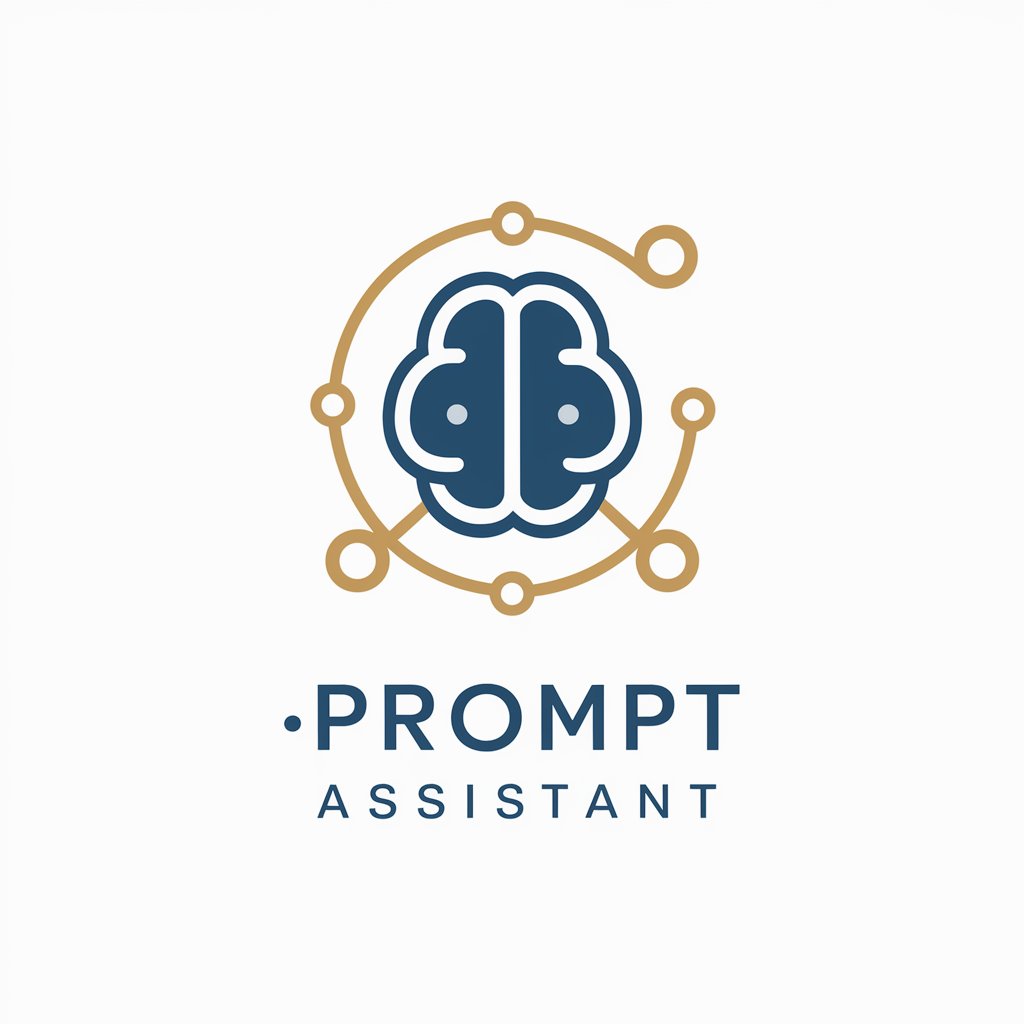
PromptGenerator
Crafting Precision in Every Prompt

Emoji Explainer
Learn with Emojis, Understand Better
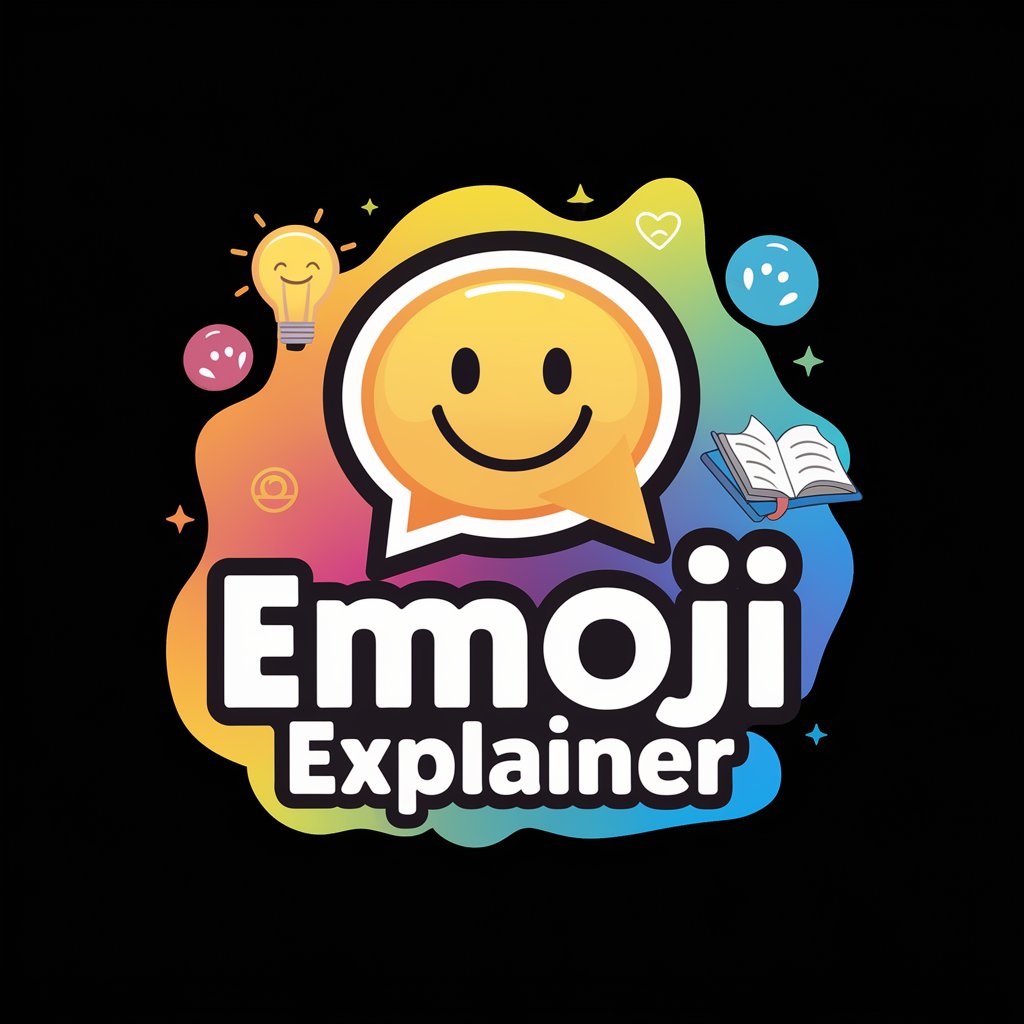
Product Descriptions for Marketplaces
Elevate Your Listings with AI-Powered Descriptions

PM Pathfinder
Elevate Your PM Journey with AI
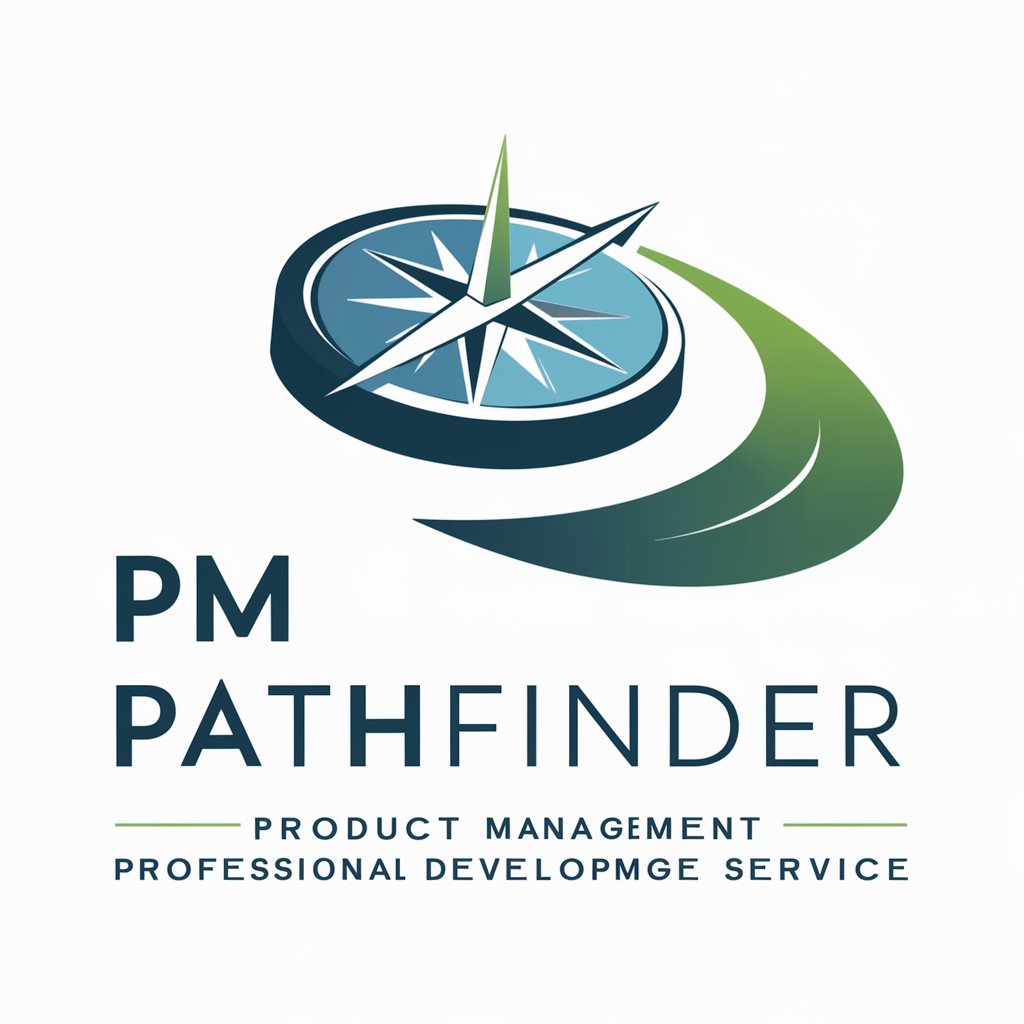
QuantMaster AI
Automate and Optimize Your Trading Strategies

Slide Master
Crafting engaging presentations with AI

Quick Read Creator
Condense texts swiftly with AI power.

ShortForm Script Wizard
Empowering creators with AI-driven insights

Frequently Asked Questions about Product Name Matching Recognition
What formats are supported for product list uploads?
Product Name Matching Recognition supports various formats, including CSV and Excel files, ensuring flexibility in how users can upload their product data.
How does the tool match products to categories?
The tool uses advanced AI algorithms to analyze product names, comparing them against a predefined set of categories to find the best match based on semantics, industry terminology, and contextual clues.
Can I customize the categories for matching?
Yes, users have the flexibility to define their own categories or modify existing ones to better suit their specific industry or product range.
What is the significance of 'match_level' in the results?
The 'match_level' indicates the degree of confidence in the match between a product and a category, helping users understand the reliability of each match.
How can I improve the accuracy of matches?
Improving match accuracy can be achieved by refining product names for clarity, adjusting category definitions for better alignment, and utilizing the feedback loop to train the tool on your specific data set.

